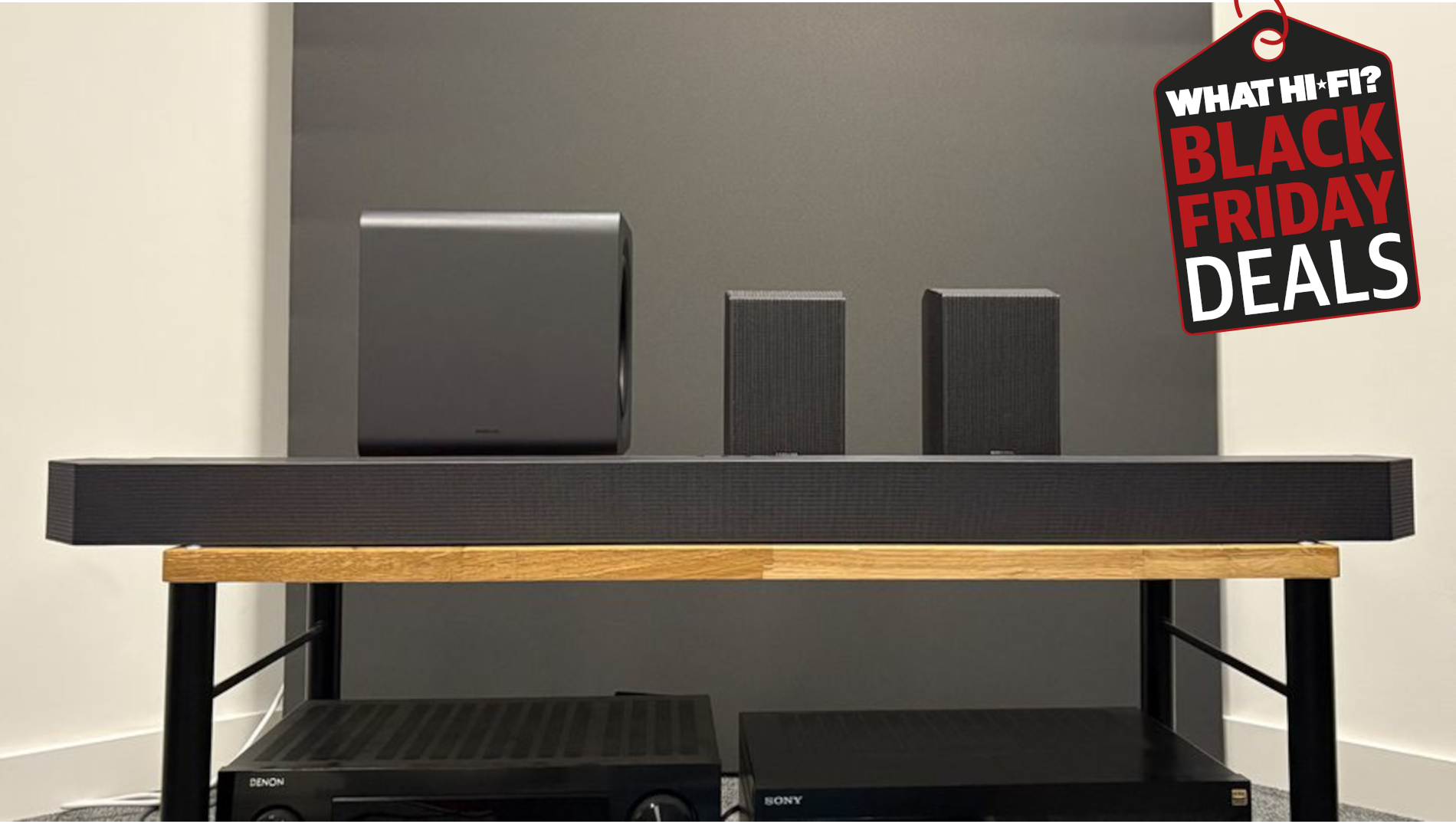LG C5 vs Samsung S90F: which 48-inch OLED TV should you buy?
Two excellent small OLEDs compete for your attention, but which one deserves to live in your home?
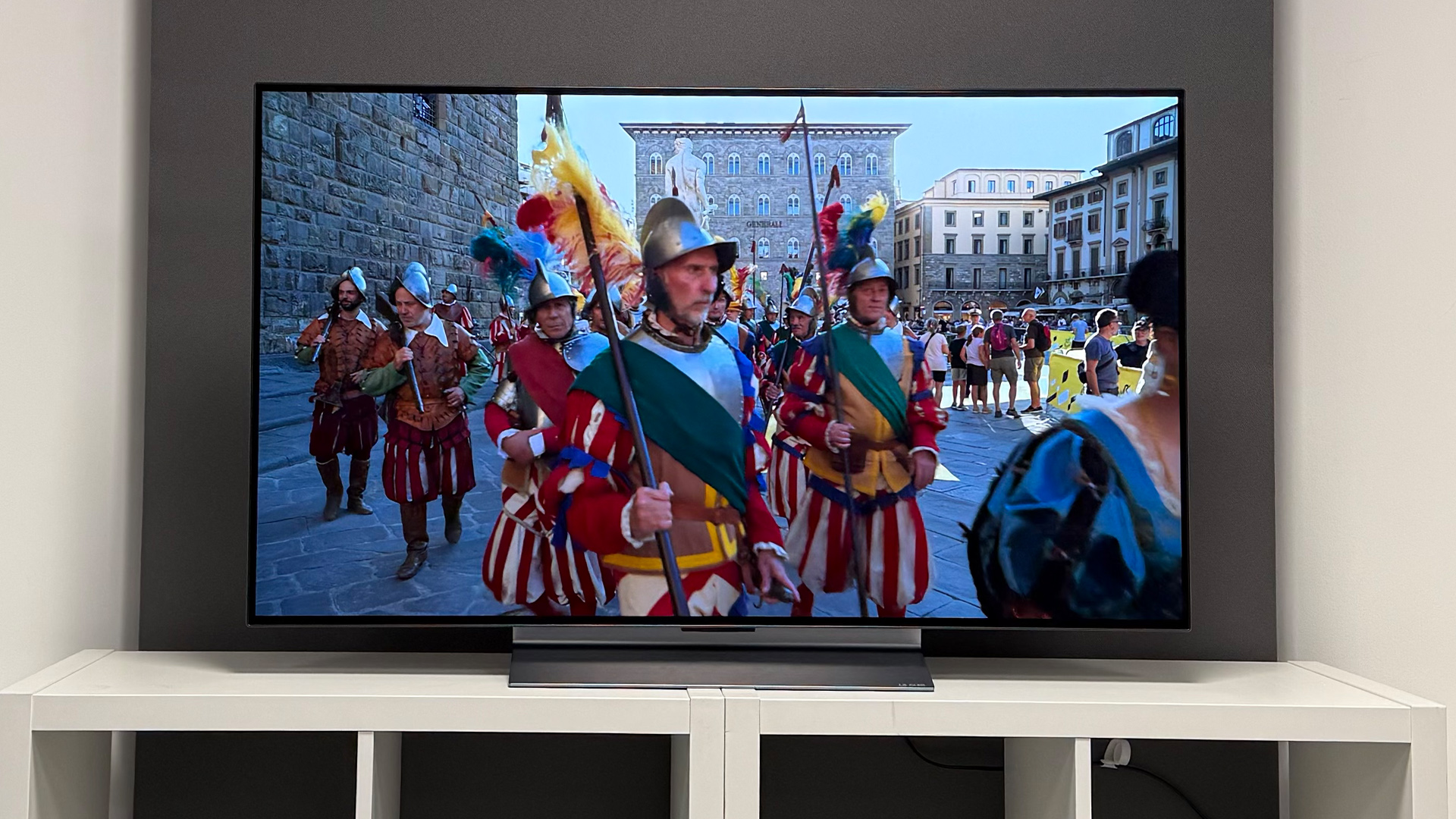
Time was a smaller TV meant big compromises on picture, sound, and everything in between. Thankfully, we’ve moved on.
Today, you can grab very capable compact sets that share some of the same bells and whistles as some of the best TVs. Take two of our favourite 48-inch models in the form of the LG C5 and Samsung S90F – both of which we've thoroughly reviewed.
With the scene set, read on to see which small TV deserves your cash…
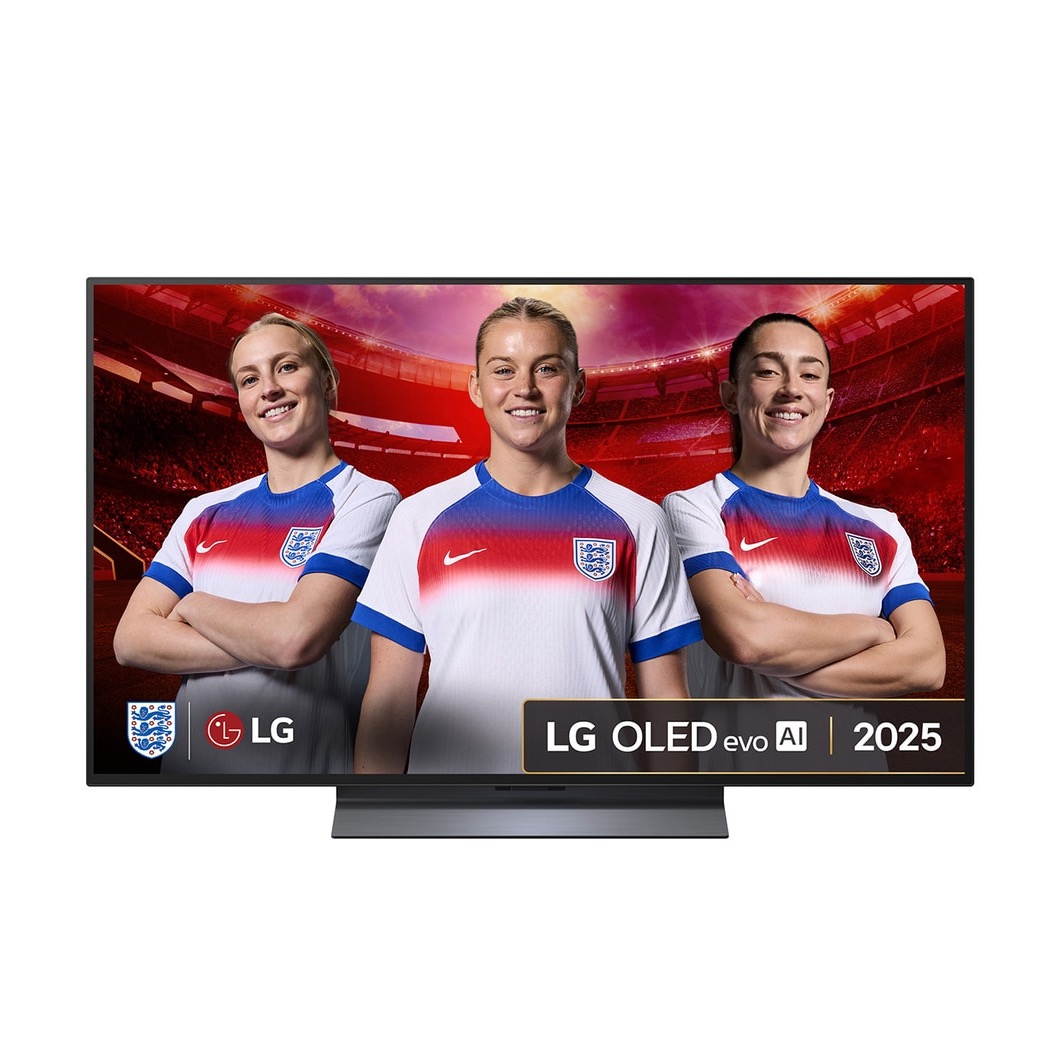
Screen sizes: 48 inches (also available in 42, 55, 65, 77 and 83 inches)
Type: OLED
HDMI inputs: x 4 (4 x 48Gbps HDMI 2.1)
Gaming features: 4K/120Hz, 4K/144Hz, VRR, ALLM, Dolby Vision game mode, HGiG
Dimensions (hwd, without stand): 62 x 107 x 4.7cm
The C5 excels at versatility, with four full-speed HDMI 2.1 inputs, comprehensive gaming features, and a mature webOS platform. It's crammed with features, although it requires extensive calibration to overcome inconsistent colour volume issues and delivers underwhelming audio.
Pros
- Bright picture
- Flawless gaming specifications
- Excellent app support
Cons
- Not much of an upgrade on the C4
- Some picture inconsistencies
- Below average audio

Screen sizes: 48 inches (also available in 55, 65, 77, and 83 inches)
Type: OLED
HDMI inputs: x 4 (all 48Gbps HDMI 2.1)
Gaming features: 4K/120Hz, 4K/144Hz, VRR, ALLM
Dimensions (hwd, without stand): 62 x 107 x 4cm
The Samsung S90F delivers a bright, punchy OLED experience with excellent contrast control, strong colour volume and impressive upscaling that places it among the best small OLEDs available, and the more complete package overall compared to the LG at this size.
Pros
- Punchy picture
- Flawless gaming specifications
- Practical stand design
Cons
- Colours are a bit overbaked
- Middling audio
- No Dolby Vision
LG C5 vs Samsung S90F: price
The 48-inch LG C5 launched at £1500 / $1599 / AU$2499, though discounts have knocked the price down since. At the time of writing, for example, you can grab one for £949 in the UK – substantially less than its launch price.
It’s a similar story for the 48-inch Samsung S90F, which cost £1499 / $1500 / AU$2499 at launch, and can now be found for as low as £828.
The pricing similarities make this a more or less even match-up, making their performance all the more important.
** Winner: Draw **
The latest hi-fi, home cinema and tech news, reviews, buying advice and deals, direct to your inbox.
LG C5 vs Samsung S90F: design and build
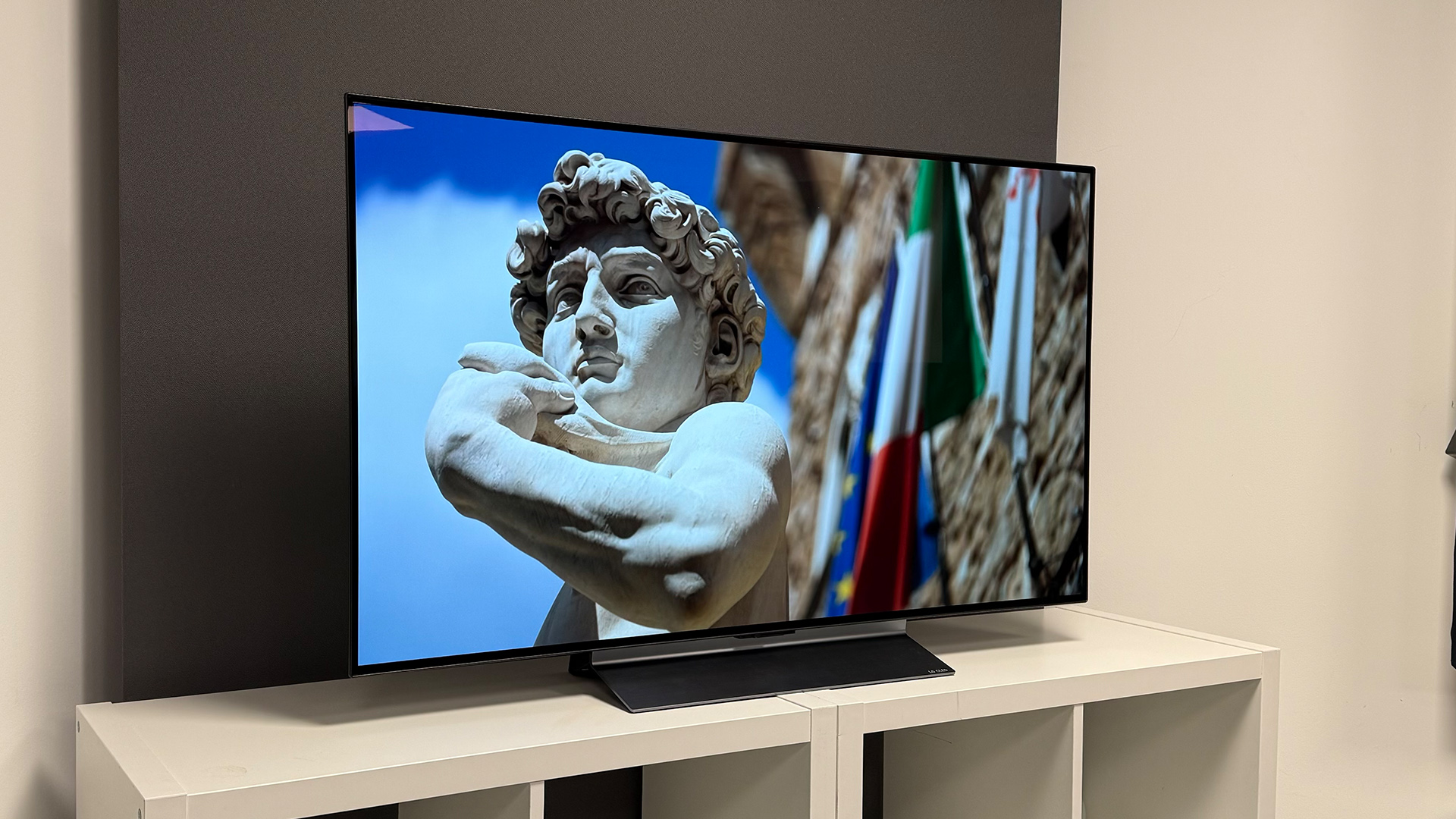
The LG C5 has a central stand which provides a stable base that fits on most regular-sized TV cabinets without issue, and assembly is quick and straightforward – just plonk the stand on the TV's back, secure it with the included screws, and admire your handiwork.
The stand doesn't offer a swivel mechanism, though this matters less here as the set's ports are mostly housed on its side rather than the back, making them fairly easy to access. The bigger annoyance, though, is the angled slant and low height of the stand, which can make positioning a soundbar tricky. If you do go for one, you'll want to make sure it's a fairly low-profile model, like the Sonos Beam (Gen 2).
In the UK, the LG still ships with the somewhat long-in-the-tooth Magic Remote, which features a new AI shortcut button and a minor tweak that changes the input button so you can control all connected devices with it – including things such as smart lightbulbs – rather than just select which HDMI input you want. While the pointer functionality is welcome, the remote is clunky to use.
The Samsung S90F, meanwhile, features a sleeker aesthetic, with its central pedestal stand proving a particular highlight. It's quick and easy to connect to the screen, with a screw-free design that takes less than a minute to assemble. The stand's top face is also angled fairly flat and sets the screen slightly higher than the LG, making it high enough to house a smaller soundbar without any of the screen being blocked.
As a neat bonus, there are gaps in the pedestal's top and sides which make it easy to pass cables through. The only omission is that the stand doesn't swivel, but at this size and with most ports on the TV's side, that's less of an annoyance.
Unlike the LG, the Samsung ships with two controller options. The first is a retro, traditional slab full of manual controls, while the second is a more streamlined modern handset, complete with USB charging and a rear-facing solar charging panel. The only addition we would like to see is backlighting.
If you want to wall-mount, the S90F's 39mm depth and flat back mean it sits flush to a wall, while the C5's 47mm depth is slightly chunkier.
** Winner: Samsung S90F **
LG C5 vs Samsung S90F: picture quality

Both televisions use WOLED panel technology at this 48-inch size, though they handle picture processing very differently.
Powering up the 48-inch LG C5, the set tries too hard out of the box. Peak bright areas stand out too much as the TV attempts to show quite how bright it can go, while colours look a touch too warm. Motion handling is also very heavy-handed initially.
Things rapidly improve with proper calibration. Settling on Filmmaker Mode with the lowest Cinematic Movement option on, sharpening and judder reduction off, and dynamic tone mapping on, the desert scenes in Dune: Part 2 retain their sparkle with significantly more detail. Bright shading is strong, with a wonderful hue of blue transitioning to orange across the image, while cloud clusters retain their shape despite the added brightness.
Motion handling regains its composure too, with on-screen actions taking on their intended weight. During Civil War's night-time battle scene, explosions look dynamic and pop out of the dark sections with zero bloom, though colour volume drops slightly, especially in characters' skin tones. This is particularly noticeable on close-up shots where the darker parts of faces take on a greenish hue, losing warmth and resulting in a flatter image.
The set otherwise handles dark scenes admirably. Switching to Alien: Romulus, the opening scene shows a giant spacecraft creeping out of the pitch-black vacuum of space with every nook and cranny on display. Playing True Grit on SDR Blu-ray, the C5 performs well with upscaling, retaining the intentional spaghetti western grain without pushing too hard or oversharpening.
In contrast, the Samsung S90F delivers a more immediately impressive experience. Out of the box, it pushes too hard with overly warm colours and smoothed motion, but switching to Filmmaker Mode with judder, blur, and noise reduction off, colour booster off, and the colour profile set to Warm One brings everything into line.
The desert scenes in Dune: Part 2 retain decent pop with realistic colours and rolling sand dunes featuring wonderful detail. Movements feel sharp and natural, with a challenging segment involving a rocket launch handled ably. The only minor issue is the skyline, which looks slightly too red, missing some of the subtle hues seen on the LG. The bright sun also isn't quite as bright as we'd like, making the picture a touch flat.
Where the Samsung excels is during Civil War's night-time battle. Explosions pop out of the dark cityscape with dazzling brightness and a clear, bright fiery hue. Crucially, the S90F manages to retain colour volume during this tricky scene, with characters' faces retaining their warmth and offering solid detail in both the darkest and lightest parts of the picture – an area where many OLEDs struggle.
During Alien: Romulus, the S90F's performance in low light impresses. As a giant spaceship floats into view from the dark vacuum of space, while the contrast is a touch heavy-handed leading to some minor black crush, the overall image is wonderfully three-dimensional and immersive.
Playing True Grit on SDR Blu-ray, the Samsung offers one of the best upscaled pictures we've seen. The opening scene pushes the lanterns in the otherwise pitch-black farmstead to hold a wonderful, isolating beauty without seeming artificial. The falling soft snow is blissfully free of artefacts and retains its soft, fluffy quality.
** Winner: Samsung S90F **
LG C5 vs Samsung S90F: features and processing
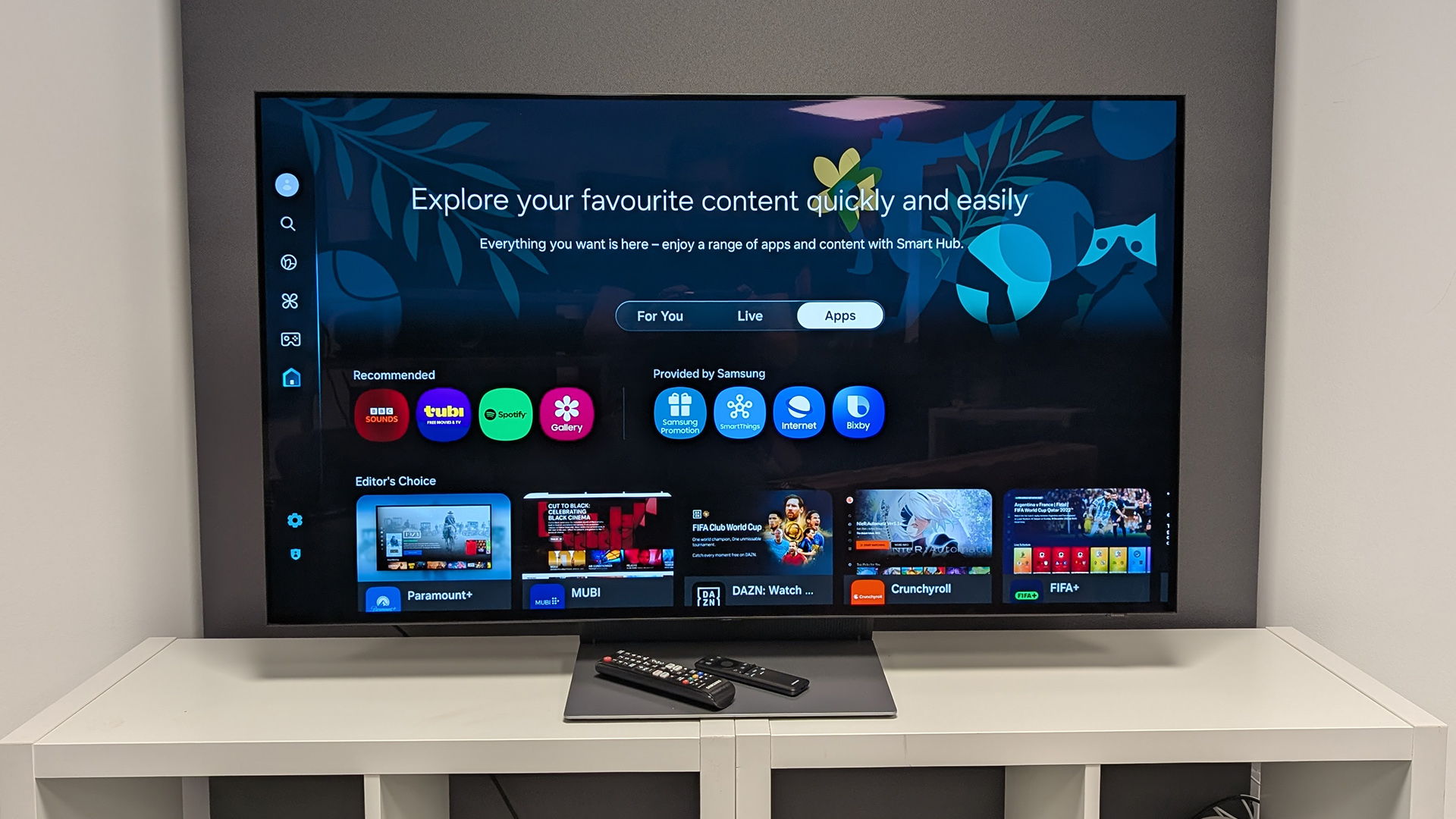
The LG C5 is packed with features. The panel tech remains a WOLED, with the older brightness-boosting Micro Lens Array technology from last year's LG G4 being retired rather than trickling down to the C-series. The lack of MLA is a shame, though elsewhere it has been superseded by the Primary RGB Tandem OLED panel tech that debuted on the LG G5.
The big change for the C5 is the use of a newer LG Alpha 9 Gen 8 processor. Like every chipset recently, it has an overt focus on AI, which LG claims helps deliver more advanced upscaling and holistically improve colour accuracy, audio quality, and HDR tone mapping.
The C5 supports HDR10, Dolby Vision, and HLG. The only ongoing omission is Samsung's HDR10+, which is a rival to Dolby Vision and offers similar frame-by-frame dynamic range optimisation for compatible content.
The main highlight remains the inclusion of four full-speed HDMI 2.1 inputs, one of which doubles as an eARC port. Those four sockets all support 4K/144Hz (as well as 4K/120Hz), plus VRR and ALLM. Dolby Vision gaming is also on board and welcome for Xbox Series X/S owners.
LG's webOS 25 software runs the show and is fairly similar to previous versions. The big addition is a new Xbox app, which lets you stream games directly from the TV and adds the ability to pair a Bluetooth controller directly to the C5. The OS retains strong app support, with key services including Netflix, Disney+, Apple TV, Amazon Prime Video, BBC iPlayer and ITVX all supported.
The Samsung S90F is also fairly feature-packed. The 48-inch model uses a WOLED panel rather than the next-generation QD-OLED seen on larger models in certain regions. Samsung has raised the brightness despite the lack of new panel technology, quoting the S90F as offering a 1300-nit peak – a 30 per cent improvement over the Samsung S90D.
The S90F matches the LG with four full-fat HDMI 2.1 inputs, one of which functions as the eARC connection. If you have multiple current-generation consoles and a sound system, this extra connectivity removes the faff of constantly swapping cables. The S90F supports 4K/144Hz, though this is only relevant to hardcore PC gamers with similarly hardcore rigs. ALLM and VRR are also supported.
Under the hood lies the NQ4 AI Gen3 processor. As with most modern silicon, the chipset has an overt focus on AI, with Samsung's 4K AI Upscaling Pro, AI Motion Enhancer Pro, and AI Colour Booster Pro services all taking advantage of the chipset's neural networks to improve contrast, boost colour accuracy, and intelligently upscale content.
The S90F employs Samsung Tizen OS, which offers curated profiles based on user habits. App support remains solid, with all the usual suspects including Netflix, Disney+, Amazon Prime Video, and Apple TV. There's also a good selection of local catch-up services including BBC iPlayer.
The key omission is Dolby Vision – no Samsung set supports it. Samsung puts all its eggs in HDR10, HLG, and HDR10+, the latter being Samsung's answer to Dolby Vision that uses dynamic metadata to optimise the picture on a frame-by-frame level.
** Winner: Draw **
LG C5 vs Samsung S90F: sound
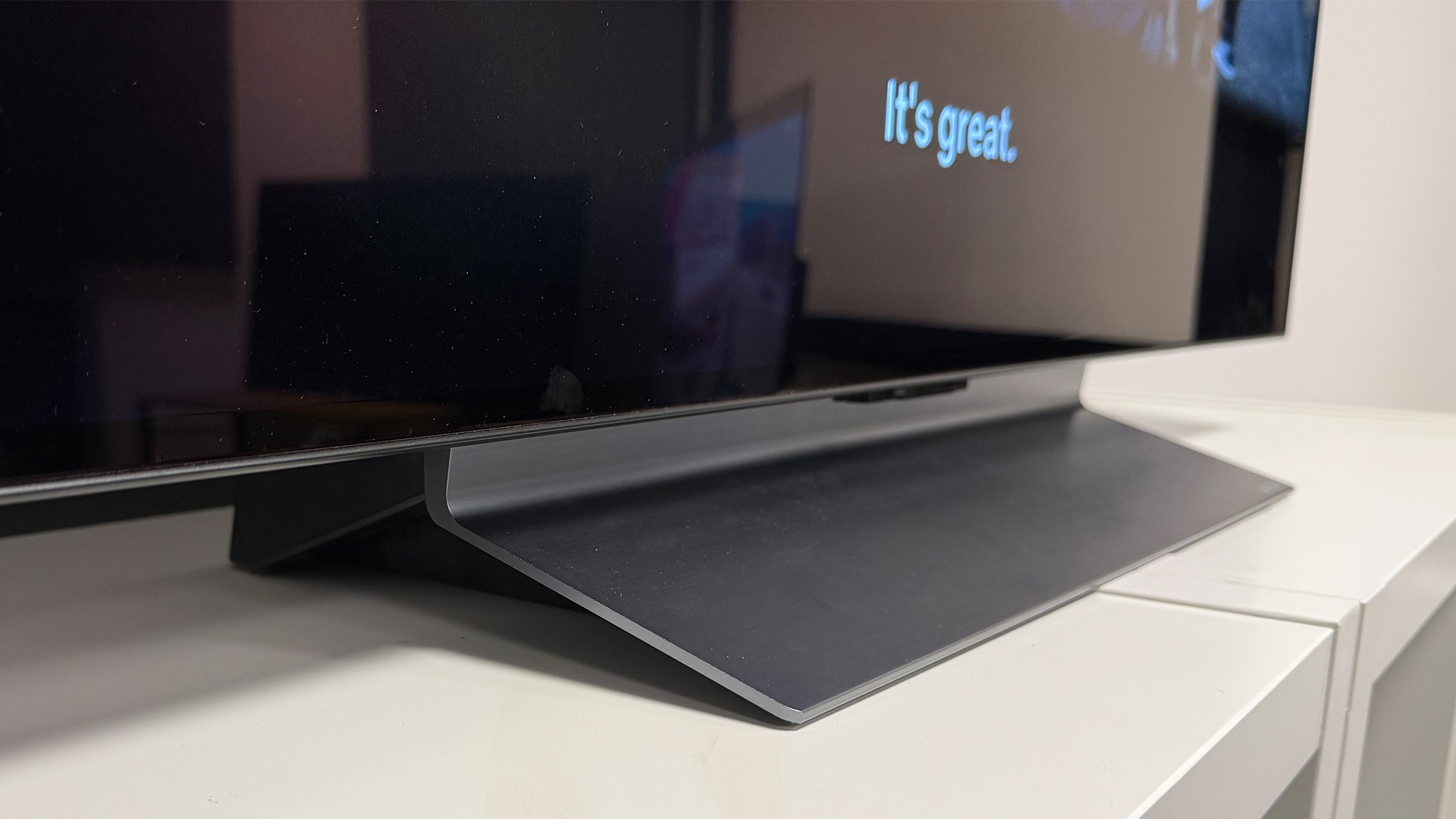
The 48-inch C5 features a 2.2-channel 40W speaker system. On a set this size, audio quality is usually one of the main compromises due to smaller dimensions impacting how much air the speakers can move around.
Starting with the set in its standard audio mode, the C5's performance is distinctly flat, with every part of the sound coming from the centre of the screen. Gunfire and soldiers' shouts during Civil War lack their intended directional quality. While gunfire never sounds acidic, it lacks bite, and explosions lack the heft required for the intended bone-rumbling effect.
Switching to the AI audio mode doesn't fix things either. While the set noticeably tries to separate the frequency range more, it makes each part thin in the process. Gunfire takes on a nasal, fizzy quality, and sibilance creeps into dialogue while the low end all but disappears.
The best results come from Cinema mode, but even then, the audio lacks definition. During Top Gun: Maverick, the boom of jet engines lacks precision and directionality, and voices aren't suitably separated from background noise, making some conversations hard to follow.
The Samsung S90F counters with a 60-watt, 2.1.2-channel Dolby Atmos-ready built-in sound system with just two profiles – Standard and Amplify. This is apparently due to Samsung's confidence in its AI chipset's ability to optimise the audio.
The speakers are weak – conversations are easily held even with volume at 100. Going north of 60 on the volume control introduces distortion into gunfire and background explosions, despite the set's lack of low-end heft. Switching to Amplify attempts to offer better separation but ultimately pushes the low end down, leaving only voices and upper frequencies, which take on a sibilant, forced quality.
Standard mode offers a more balanced performance with some benefits at lower volumes. Though the speakers can't deliver the desired oomph, there is at least some sense of directionality. During Top Gun: Maverick, the S90F's audio manages to match the jet plane's on-screen movements, and there's enough separation between voices and background effects to follow conversations.
Both sets require one of the best soundbars for serious movie watching, though the Samsung edges ahead with slightly better directionality and separation.
** Winner: Samsung S90F **
LG C5 vs Samsung S90F: verdict
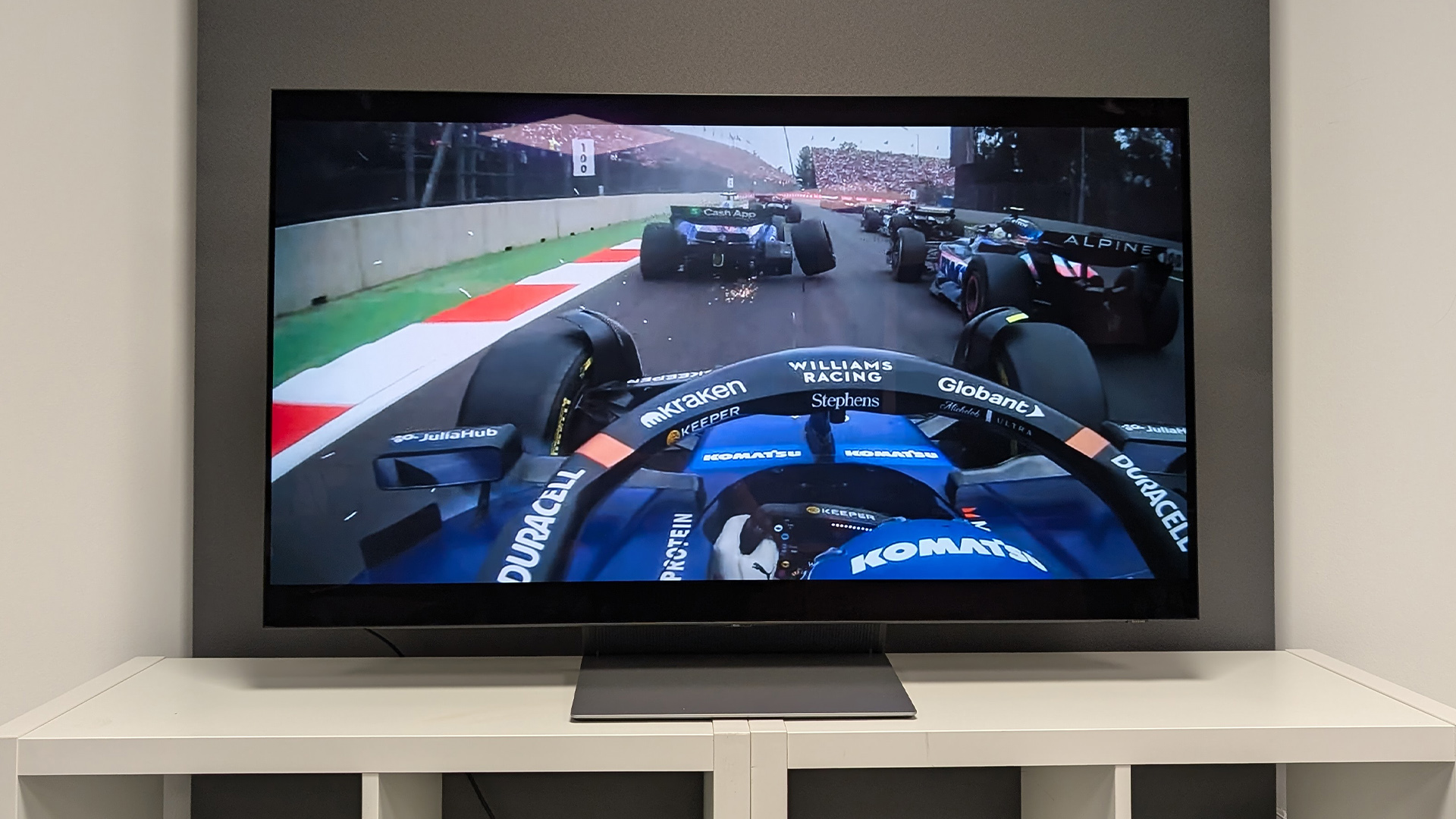
The 48-inch LG C5 retains LG's legacy as one of the top small OLED TV makers, but largely because it sticks closely to the blueprint that made past C-series sets great. If you're yet to take the OLED plunge, this is a solid option, especially if you're short on space. The inclusion of Dolby Vision gaming will appeal to Xbox owners, while webOS 25 remains an excellent smart platform.
However, the lack of progress is beginning to show at this size, with occasional colour temperature issues in darker scenes and weak built-in audio proving frustrating. The Magic Remote also feels increasingly dated compared to rivals.
The Samsung S90F, in contrast, is the more complete package at this size. It delivers a bright, punchy OLED experience with excellent contrast control and strong colour volume that the LG struggles to match in difficult scenes. The superior upscaling, better build quality, and two remote options add to its appeal.
The lack of Dolby Vision is the only significant omission, though HDR10+ provides similar frame-by-frame optimisation for compatible content. For most viewers, the Samsung's punchier performance, more refined picture processing, and better overall value make it the smarter choice.
** Overall Winner: Samsung S90F **
MORE
Read our Samsung S90F review
These are the best TVs that money can buy
Read our LG C5 review

You must confirm your public display name before commenting
Please logout and then login again, you will then be prompted to enter your display name.
